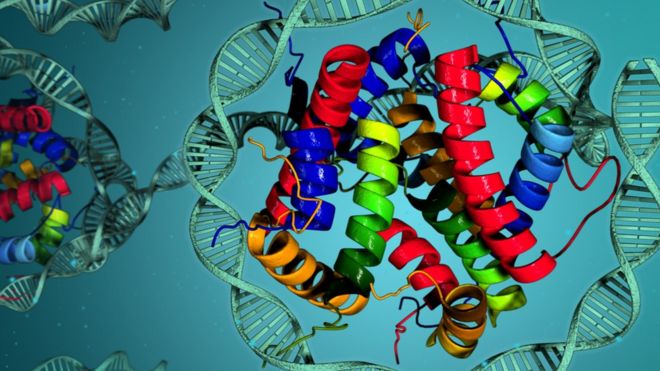A team of researchers from the University of Cambridge and the Manta Trust has successfully scanned a pregnant wild reef manta ray underwater to obtain clear ultrasound images of her foetus, using the world’s first contactless underwater ultrasound scanner.
Ultimately, our work aims to inform the conservation of manta rays both in the Maldives and other areas of the world, enabling the populations to survive and hopefully flourish
Gareth Pearce
The research project is taking place in the Republic of Maldives, in south Asia, which has the largest population of reef manta rays in the world. The team hope that their work will help establish the factors responsible for annual fluctuations in breeding and discover why animals breed in certain areas but not others.
Manta rays are close relatives of sharks and rays. The largest individuals can reach as many as seven metres in width and weigh up to two tonnes. However, despite their size, and compared to some of their close relatives, mantas are gentle creatures.
Mantas are found throughout the tropical and sub-tropical oceans of the world. The animals never stop moving, as they must keep water flowing over their gills to respire. Their daily and seasonal movements are tuned to the ebb and flow of the ocean currents that carry the planktonic food upon which they depend.
“Manta rays are one of the most beautiful and iconic creatures that swim in our oceans,” says Dr Gareth Pearce from the Department of Veterinary Medicine at the University of Cambridge. “Unfortunately, like many animals, their future is threatened. They are increasingly fished, both deliberately and through bycatch and their populations are now at risk.”
In recent years, manta ray populations have become threatened through bycatch in fisheries targeting other species, such as tuna and swordfish, but also because their gill plates have recently become sought after for use in Asian medicine.
Working with the Manta Trust, Dr Pearce and PhD student Niv Froman use the new ‘Duo-Scan:Go Oceanic’ ultrasound scanner, developed by IMV-imaging, to study the reproductive ecology of manta rays. To scan the manta rays, researchers dive down to a ‘cleaning station’ where smaller fish remove parasites from the mantas’ skin. These stations are typically 20-30 metres down, often with poor visibility and potentially strong ocean currents.
The diver then approaches a manta from above to avoid disturbing the animal. He positions the scanner 4-5cm above the surface of the manta, targeting the left side of the dorsal fin, which is where the reproductive structures such as the ovaries and the uterus are visible.
“It’s important not to cause the manta ray any stress,” explains Froman. “Using these portable scanners, we’re able to obtain ultrasound images of their internal structures, particularly their reproductive tracts, without disturbing the animal. This is the first time that this has been possible in free-swimming mantas.”
The scanner enabled the team to obtain the first ever scans of wild reef manta rays, including pregnant and non-pregnant females, as well as mature males.
“Using the scans, we’re able to determine the stages of maturity and when animals are becoming reproductively active,” adds Dr Pearce. “We can observe the stages of pregnancy, the development of the foetus and importantly, whether an animal maintains that pregnancy and gives birth to a live animal.”
Sightings of the animals in the Maldives are reliable and consistent, allowing the researchers to take images of the same animal multiple times throughout its gestational period, which lasts just over a year.
“Ultimately, our work aims to inform the conservation of manta rays both in the Maldives and other areas of the world, enabling the populations to survive and hopefully flourish,” says Dr Pearce. “Our hope is that this research project will contribute to conserving the species for future generations.”
“When the project began, none of the team knew whether scanning wild reef manta rays would even be possible. What has been achieved is beyond what we could have hoped for,” says Dr Guy Stevens, Co-Founder and Chief Executive of the Manta Trust. “Manta rays are threatened worldwide and we still know so little about their reproductive strategies. The ability to scan pregnant individuals will be invaluable in our quest to protect them.”
According to IMV-imaging, the ‘Duo-Scan:Go Oceanic’ represents significant improvements on previous technologies. It can be taken to depths of up to 30 metres and —with the assistance of Wi-Fi and a smartphone as a viewing screen—it is small enough to fit in the palm of your hand.
Chief Executive of IMV imaging, Alan Picken, says: “What we are really excited about is the contactless nature of this technology. There are significant benefits for animal welfare, but you also open up a whole range of possible applications if you can scan animals that ordinarily wouldn’t let you get close enough to touch them.”
The Cambridge researchers, in collaboration with a team from the Manta Trust, verified that the contactless technology works in field tests carried out in collaboration with the Vetsonic (UK) Ltd and Six Senses Laamu, a five-star resort in the Maldives with a nearby resident reef manta ray population.

The text in this work is licensed under a Creative Commons Attribution 4.0 International License. Images, including our videos, are Copyright ©University of Cambridge and licensors/contributors as identified. All rights reserved. We make our image and video content available in a number of ways – as here, on our main website under its Terms and conditions, and on a range of channels including social media that permit your use and sharing of our content under their respective Terms.































